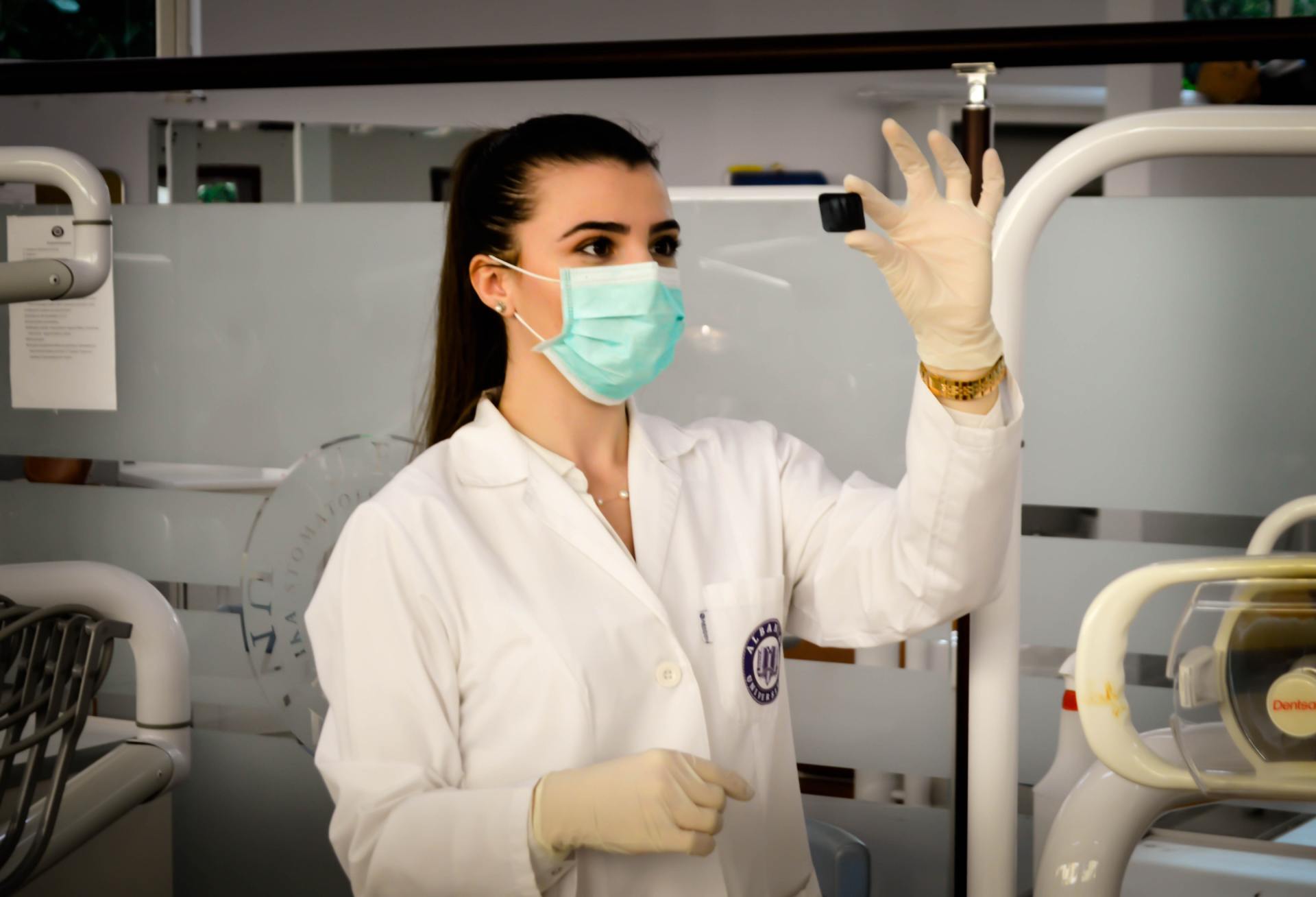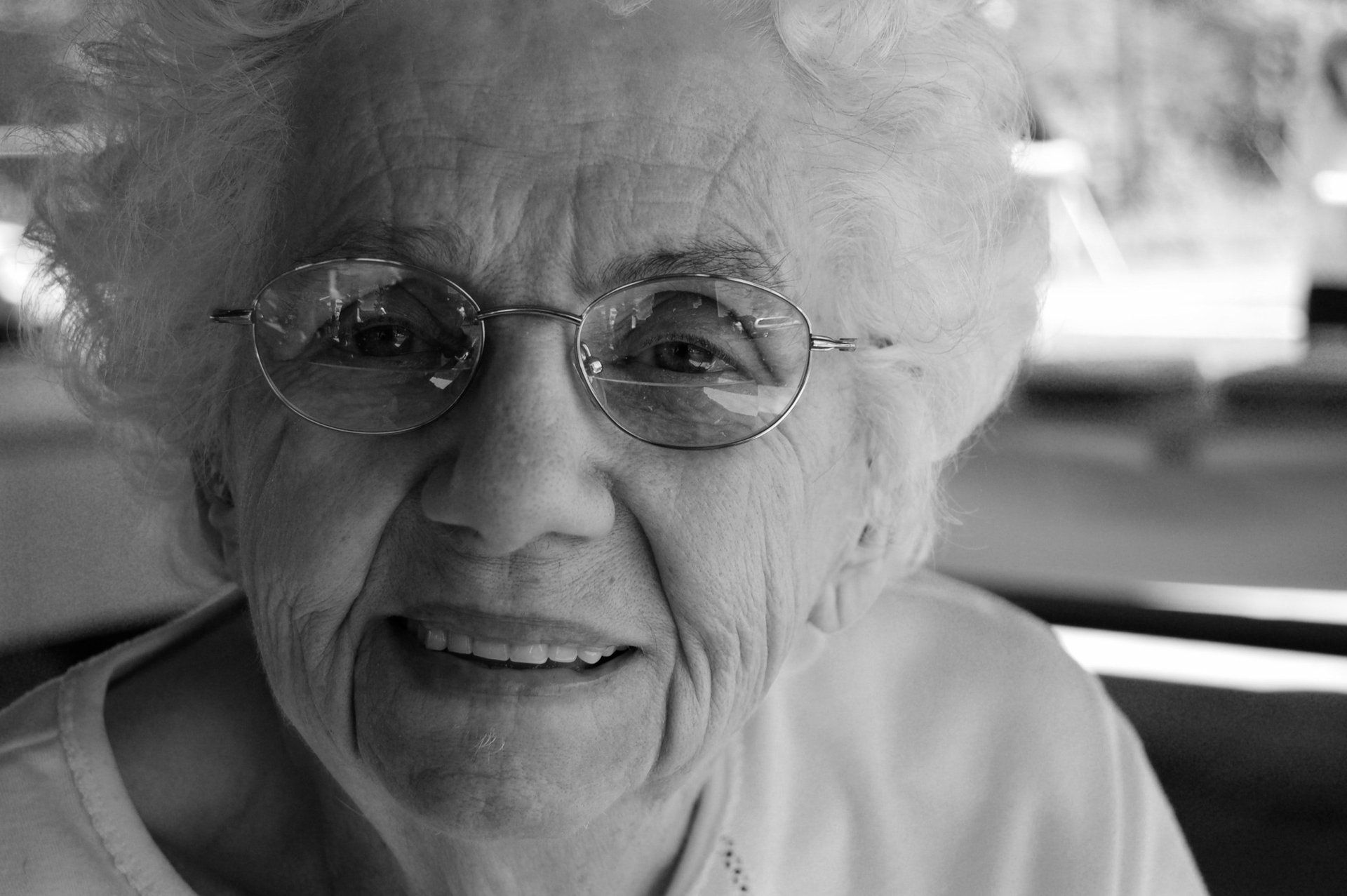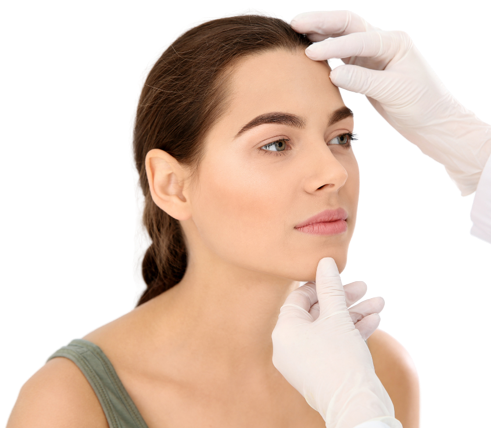
Rosa Nicosia, ARNP
(Formerly Rosa Stocker, APRN)
My name is Rosa Nicosia, and I am a Board Certified Nurse Practitioner who has specialized in Dermatology since 2011. I have many years of experience in the diagnosis and treatment of skin cancers, precancerous lesions, and multiple other skin disorders. I believe in building relationships with my patients through strong communication, and I am passionate about your individual concerns.
Skin Cancer
Skin cancer occurs when there is an abnormal growth of skin cells on a part of the body. Skin cancer occurs in three different forms: basal cell carcinoma, squamous cell carcinoma and melanoma. Skin cancer can occur on any part of the body, including body parts that are rarely or never exposed to the sun.
- Basal cell carcinoma, a type of non-melanoma skin cancer is the most common cancer in the world.
- Non-melanoma skin cancer is increasing in adults under 40.
- 3+ million Americans diagnosed with non-melanoma skin cancer each year.
- The risk of melanoma increases with age.
- More than 90,000 U.S. adults are diagnosed with melanoma every year.
- In people of color, 75% of melanomas happen on skin that is not exposed to the sun.
Cosmetics
Cosmetic treatments encompass a wide range of procedures and interventions designed to enhance one's physical appearance, often with a focus on the face and body. At Frontline we are proud to offer minimally invasive options like Botox and Fillers. It's essential to consult with a qualified medical professional to determine the most suitable cosmetic treatment for your individual needs and goals.
- Botox (botulinum toxin) and dermal fillers are popular non-surgical cosmetic treatments used to reduce the appearance of wrinkles and enhance facial features.
- Botox results typically last 3-6 months, while the longevity of dermal fillers varies depending on the type used, with effects typically lasting 6 months to 2 years.
- Both Botox and fillers are administered through injections by qualified medical professionals and have a relatively quick recovery period, often allowing patients to resume normal activities shortly after the procedure.



















